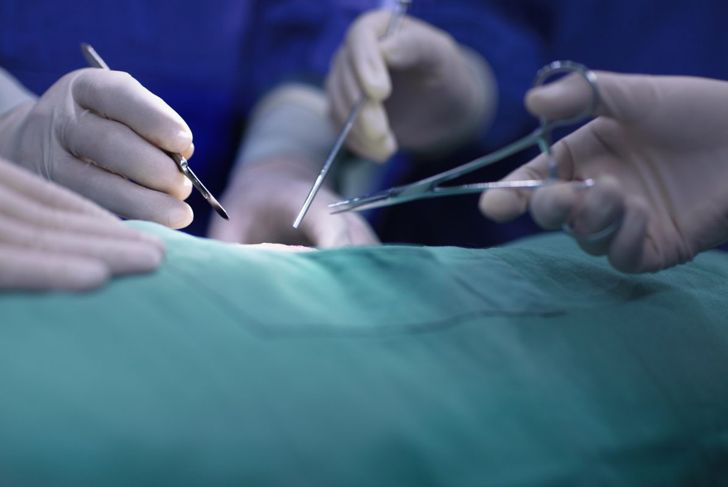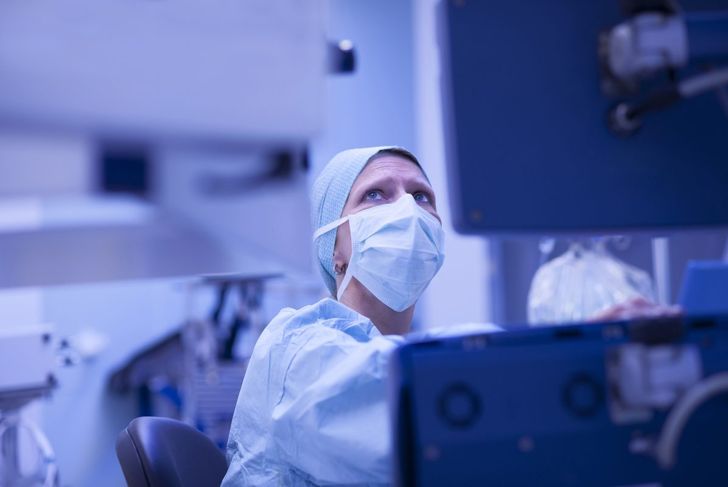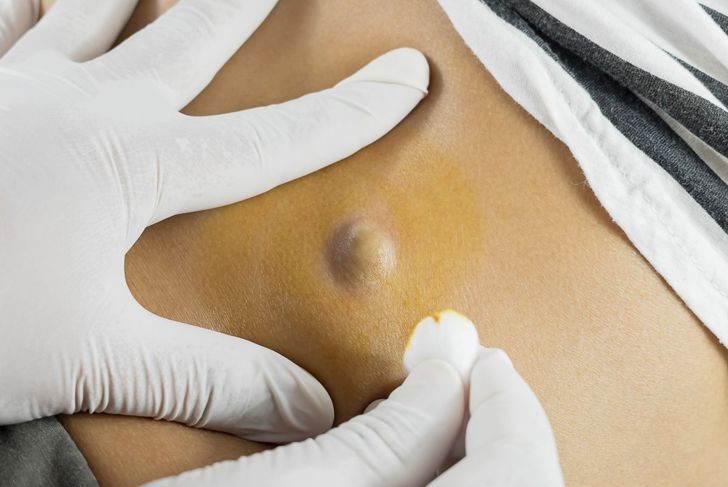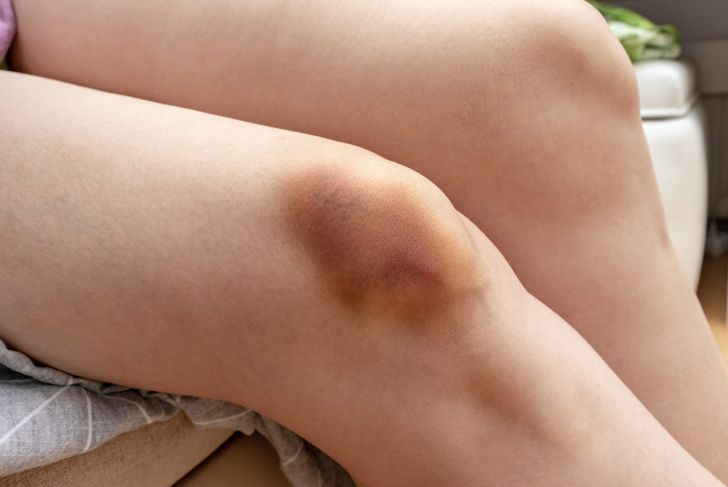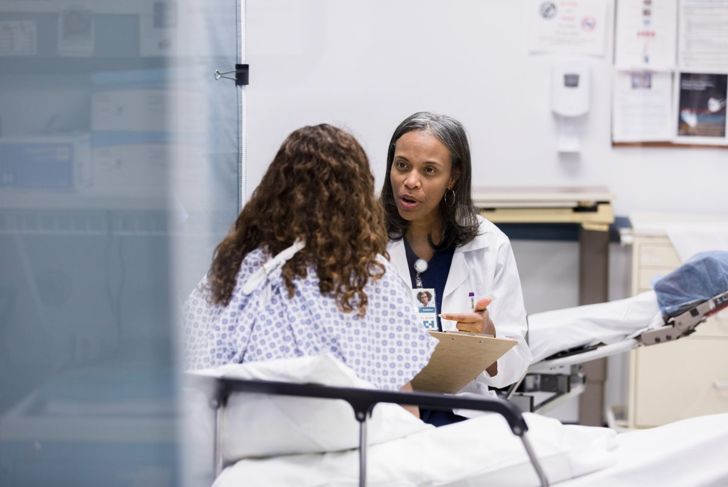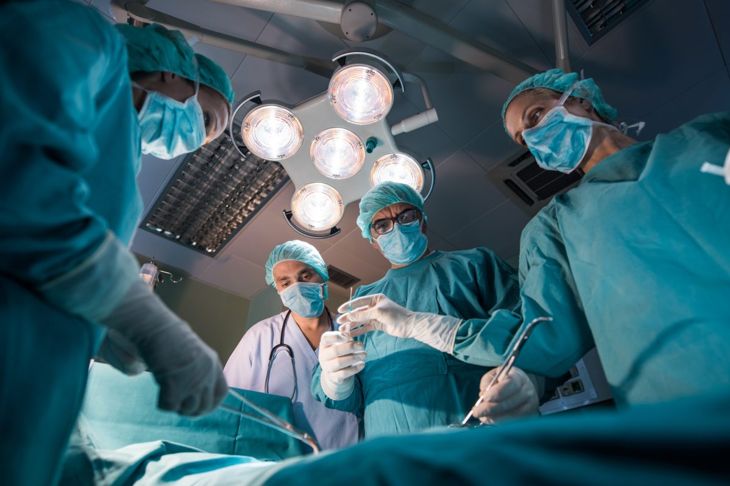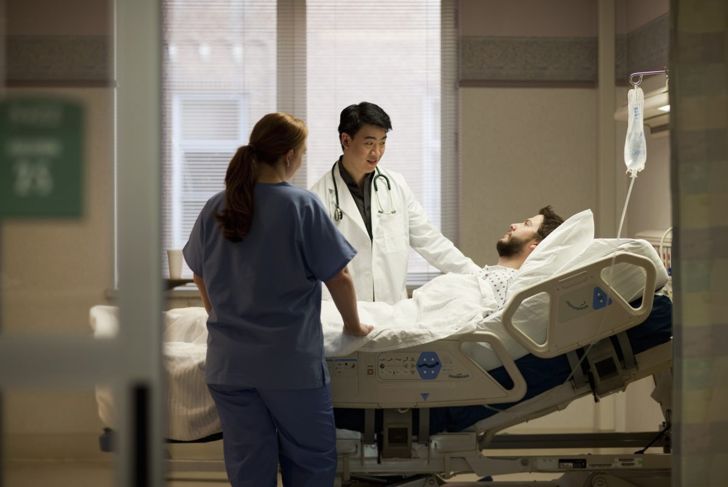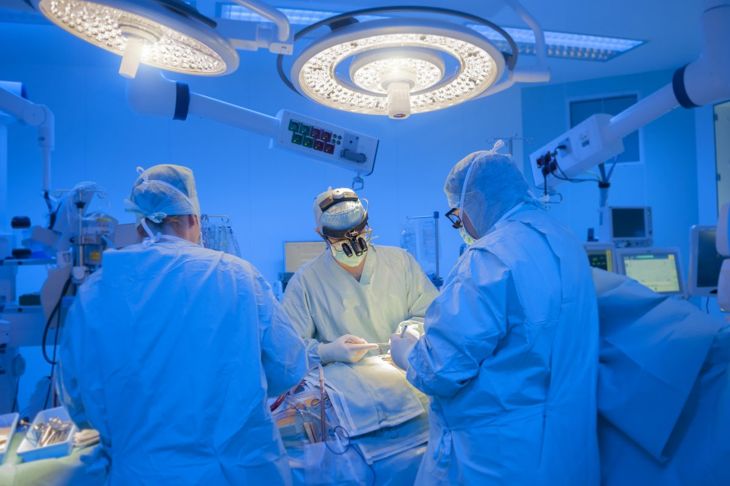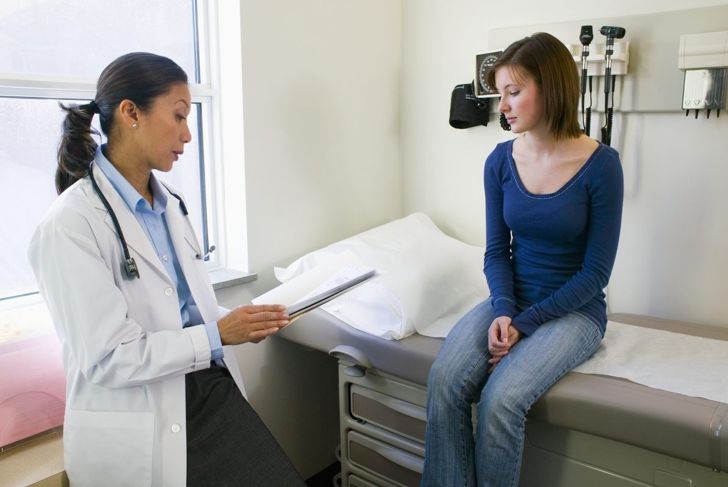A seroma is a benign collection of fluid that sometimes develops after surgery or an injury. This fluid consists of blood plasma from ruptured blood vessels and inflammatory fluid from damaged and dying cells. It can take weeks for a significant amount of fluid to accumulate and form a seroma, and the growth may persist for several months.
Causes
Seromas have several possible causes, though most appear after extensive surgical procedures. While seromas can form after minor surgery, they are more common when a surgeon removes or disrupts lots of tissue. Seromas may also form after improper or early suture removal. Aside from procedures, injuries that trigger swelling can also lead to seromas.
Common Surgical Causes
Breast, abdominal, and reconstructive surgery are significantly more likely to cause seromas. Flap surgeries, which involve taking tissue from one part of the body and relocating it, often cause this side effect, as well. Some of the most notable of these include liposuction, breast reconstruction, and “tummy tucks” or abdominoplasties. In lumpectomies, seroma formation is sometimes beneficial, because it helps preserve the contour of the breast.
Identifying Seromas
In most instances, a seroma looks like a cyst or similar lump. Some are tender or sore to the touch. If surgery was the trigger, clear fluid may leak from the incision site. This is serous fluid, a general term for many body fluids that resemble serum. Over time, the tissue surrounding a seroma may calcify and feel like a hard knot.
Seromas vs. Other Lumps
Many people mistake seromas for other fluid-filled lumps. The could be mistaken for hematomas, which contain red blood cells, or abscesses, which contain pus and develop due to infection. The serous fluid within a seroma is different from lymph, though they appear similar.
Complications
While seromas are often asymptomatic, they can become infected. If the infection spreads to the bloodstream, it can be life-threatening. Leaking serous fluid can indicate infection if it is bloody, an unusual color, or has an odor. Signs of infection include fever, chills, confusion, blood pressure issues, rapid heart rate, and difficulty breathing.
Treatment
Though seromas are usually asymptomatic, their presence is problematic because they increase the risk of infection and may inhibit future procedures. Some experts remove seromas with fine-needle aspiration, though this is controversial, as even sterile aspiration has a risk of infection. Manual lymphatic drainage can manage and reduce seromas. Certain seromas may require the installation of a closed-suction drain.
When to Seek Help
People with seromas should watch out for a few signs that indicate the need for immediate medical attention:
- White or extremely bloody drainage
- The area around the seroma becomes increasingly red
- The seroma noticeably swells or becomes painful
- The skin around the seroma becomes hot
In some cases, swelling or infection can cause the seroma to reopen or burst a surgical incision.
Surgical Prevention
Because they can be difficult to manage, some experts take extra measures to prevent seromas entirely. Since seromas develop in areas where tissue was removed, surgeons attempt to reduce this area. Quilting sutures reduce the risk of skin and fat layers separating from deeper muscle layers, which would create empty space that could fill with fluid. Drains suck the layers together so the body naturally heals with a permanent bond. Some research suggests that quilting sutures alone are the best choice for surgically preventing seromas, while other experts argue that drains are necessary.
Non-Surgical Prevention
Most preventative measures take place during the original surgery, though there are non-surgical options. Some experts believe that avoiding certain positions during surgery and while healing has an effect. Additionally, external pressure near the operation site can be effective. Some surgeons have stated that binding the chest after breast surgery may help prevent layer separation.
Risk Factors
Despite many surgical technique-related factors contributing to seroma development, very few patient factors seem to affect their growth. Body weight and BMI have ties to seroma formation, though few other body factors do. The presence of anemia, smoking, diabetes, or breast size appear to have no effect on the likelihood of developing seromas. Additionally, there is no evidence of links between tumor growth and seroma formation.

 Home
Home Health
Health Diet & Nutrition
Diet & Nutrition Living Well
Living Well More
More